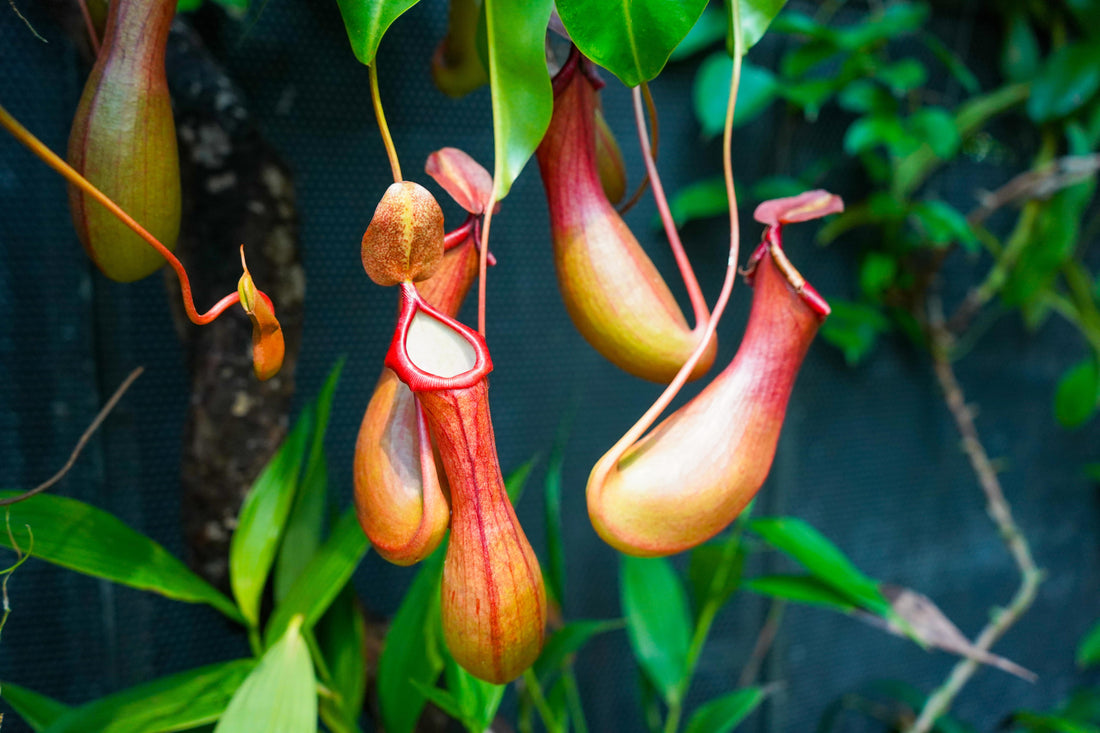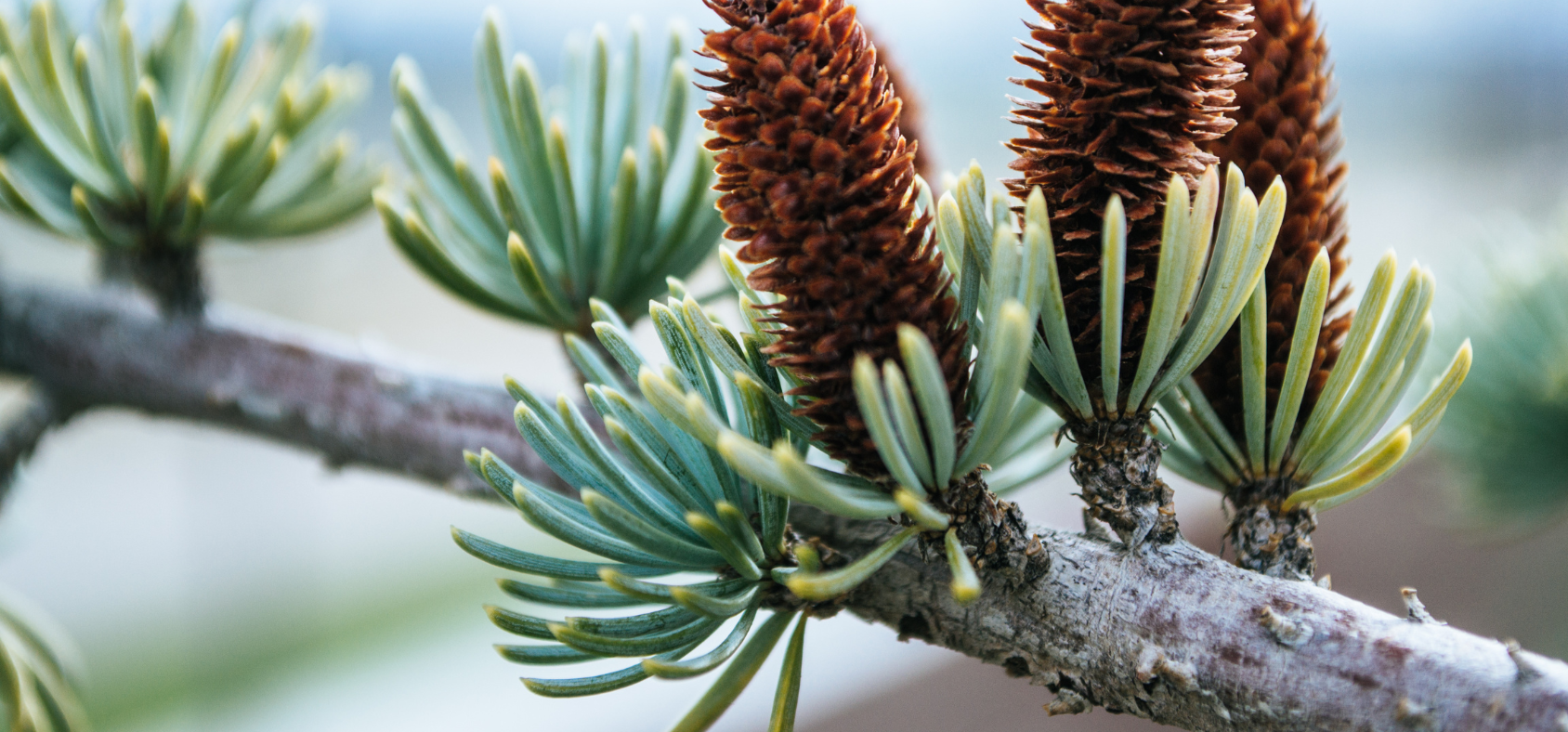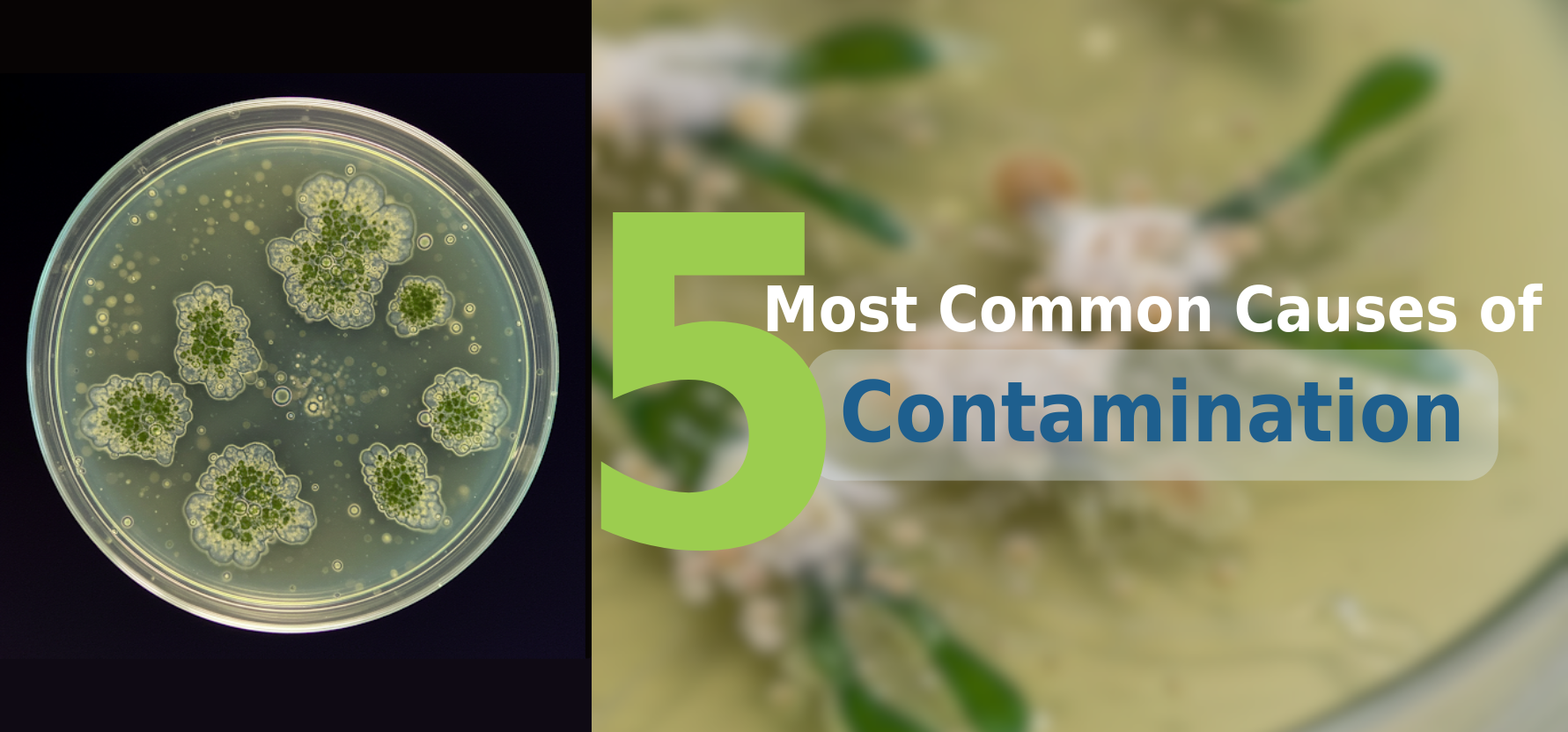Table of Contents
Carnivorous plants have amazing abilities to adapt to nutrient-deficient conditions. The morphological differences in these plants have attracted the attention of common man horticulturist biologists, plant collectors, and ecologists.
Introduction
Carnivorous plants have amazing abilities to adapt to nutrient-deficient conditions. The morphological differences in these plants have attracted the attention of common man horticulturist biologists, plant collectors, and ecologists.
The family of carnivorous plants is composed of more than 600 species distributed to nine families and 19 genera. These plants hold a spectrum of values, including medicinal, economical, and ecological/diversity values.
One such genus is Nepenthes, belonging to the family of Nepenthaceae. The family alone is composed of around 170 species with its center of diversity or stretch to the regions of the Malay Archipelago of the Far East.
In this article, you will learn a brief on the micropropagation of Nepenthes and the procedure to grow these carnivorous plants in lab conditions.
Micropropagation of Nepenthes
Characteristics of Nepenthes
Nepenthes is commonly known as tropical pitcher plant and monkey cups. Below are some morphological characteristics of the plant:
- It has a shallow root system.
- The stem of the plant is prostrate and climbing, often up to 15 meters.
- Alternate sword-shaped leaves arise from the stems with entire leaf margins.
- The extension of the midrib, known as a tendril, protrudes from the leaves, at the end of which pitcher formation occurs.
Now you might wonder what’s the use of the pitcher is and why the leaf adopted such a structure?
Nepenthes plants live in nutrient-deficient conditions. Thus, to fulfill their nutritional requirement, these plants developed beautiful structures and floral essence that attract insects and other prey.
The upper part of the pitcher contains fluid, produced by the plant. It’s a viscoelastic biopolymer. It helps the plant to retain the insects or preys when they fell into the trap. It’s especially effective for winged preys. However, when the pitcher is filled with water, the fluid gets diluted and its trapping efficiency is reduced.
The lower part of the pitcher contains glands that facilitate the absorption of nutrients from the captured prey. The prey usually captured in the pitcher are insects, rats, and lizards.
The plant is pollinated by insects, especially flies, such as mosquitoes, midges, and blowflies, and wasps, moths, and butterflies.

Figure: An illustrative labeled diagram of the pitcher.
Propagation of Nepenthes
Nepenthes is especially sought for its unique pitcher that comes in different shapes, sizes, and colors. Moreover, it’s also used as a traditional medicine because of its antimicrobial, anti-osteoporotic, and antioxidant properties.
Nepenthes is conventionally grown either by using seeds or cuttings. They are sown on the damp and chopped Sphagnum moss. The cuttings of the plant are rooted in a plastic bag or tank filled with Sphagnum moss with high humidity and moderate light.
However, the collection of wild plants to multiply the growth of plants for commercial purposes is causing the extinction of some species. Also, the conventional technique is not an efficient one to multiple the rare species of the plant.
Tissue Culture Of Nepenthes
Tissue culture is an advanced technique that allows the rapid multiplication of plants at a commercial scale, produces disease-free plants, conserve rare and endangered plant species, and obtains haploid plants as well.
The extensive use of Nepenthes for commercial purposes can threaten the existence of species, Therefore, tissue culture is an efficient technique that with the conservation of the plant, allow the mass production of plants without exploiting many mother plants.
Below is a procedure is taken from Miguel, S., Michel, C., Biteau, F. et al. In vitro plant regeneration and Agrobacterium-mediated genetic transformation of a carnivorous plant, Nepenthes mirabilis. Sci Rep 10, 17482 (2020). https://doi.org/10.1038/s41598-020-74108-7.
Link to the article: https://www.nature.com/articles/s41598-020-74108-...
Callus Induction and Maintenace
- Collect shoot fragments with 2-3 nodes.
- Surface sterilize them using 0.25% sodium hypochlorite for 5 min and washed three times with sterile water.
- After this, dry the explants using sterile paper.
- Culture the explants in a culture medium consist of:
- ¼ MS medium containing a twofold MS vitamin mixture
- 2% (w/v) sucrose
- 0.05% (w/v) casein hydrolysate
- 0.07% (w/v) 2-(N-morpholino)ethanesulfonic acid
- 0.7% (w/v) HP696 agar
- supplemented with different a cytokinin TDZ 2 mg/L.
- Incubate the cultures in a growth chamber under a 16 h/8 h day/night photoperiod provided by natural white fluorescent lamps at a temperature of 23 °C.
Shoot generation
- After callus induction, transfer the explants to a Basal Medium supplemented with 1 mg/L BAP for adventitious shoot induction.
- After three weeks you will observe the initiation of the formation of shoots.
Rooting
- Transfer the shoots of 0.5-1 cm to a basal medium supplemented with 1 mg/L IBA.
- Finally, acclimatize the obtained plantlets in a 1:1 mixture of peat and vermiculite in heated greenhouses with natural light at a temperature of 23 °C and humidity of 75–85%.
How Plant Cell Technology Is Helping Culturists Worldwide In Their Tissue Culture Application?
Plant Cell Technology is helping tissue culturists around the world by providing unique and world-class products and services that smoothen their process. It has MS media, agar, gellan gum, Plant Preservative Mixture (PPM), culture vessels, Biocoupler (TM), and masks in its store to facilitate your processes.
And, that’s not it! Plant Cell Technology also offers consultation services to culturists of all sizes that help to get instant solutions to your tissue culture problems.
So, visit plantcelltechnology.com today and find out more about our product and services and how they help you to excel in your tissue culture processes.
Happy Culturing!!













Join the conversation
Your email address will not be published. Required fields are marked